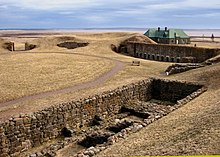
The Battle of Prestonpans, also known as the Battle of Gladsmuir, was fought on 21 September 1745, near Prestonpans, in East Lothian, the first significant engagement of the Jacobite rising of 1745.
The 47th (Lancashire) Regiment of Foot was an infantry regiment of the British Army, raised in Scotland in 1741. It served in North America during the Seven Years' War and American Revolutionary War and also fought during the Napoleonic Wars and the Crimean War. Under the Childers Reforms it amalgamated with the 81st Regiment of Foot to form the Loyal Regiment in 1881.
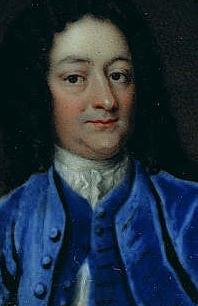
Henry Hawley was a British army officer who served in the wars of the first half of the 18th century. He fought in a number of significant battles, including the Capture of Vigo in 1719, Dettingen, Fontenoy and Culloden.

The Battle of Falkirk Muir, or Battle of Falkirk, took place near Falkirk, Scotland, on 17 January 1746 during the Jacobite rising of 1745. A narrow Jacobite victory, it had little impact on the campaign.

Sir John Cope was a British soldier, and Whig Member of Parliament, representing three separate constituencies between 1722 and 1741. He is now chiefly remembered for his defeat at Prestonpans, the first significant battle of the Jacobite rising of 1745 and which was commemorated by the tune "Hey, Johnnie Cope, Are Ye Waking Yet?", which still features in modern Scottish folk music and bagpipe recitals.

Lieutenant-General William Blakeney, 1st Baron Blakeney, KB was a British Army officer and politician who served from 1695 until 1756. From 1725 to 1757, he also sat in the Parliament of Ireland as MP for Kilmallock, although he rarely attended.
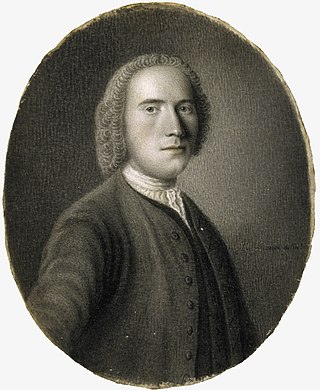
Lord George Murray, sixth son of John Murray, 1st Duke of Atholl, was a Scottish nobleman and soldier who took part in the Jacobite rebellions of 1715 and 1719 and played a senior role in that of 1745.

The 13th Hussars was a cavalry regiment of the British Army established in 1715. It saw service for three centuries including the Napoleonic Wars, the Crimean War and the First World War but then amalgamated with the 18th Royal Hussars, to form the 13th/18th Royal Hussars in 1922.

The 14th King's Hussars was a cavalry regiment in the British Army, first raised in 1715. It saw service for two centuries, including the First World War, before being amalgamated with the 20th Hussars to form the 14th/20th King's Hussars in 1922.
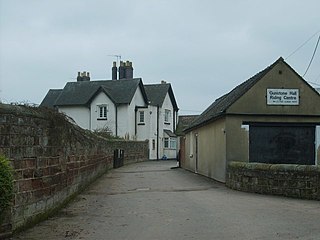
Lieutenant General Thomas Fowke, also spelt Foulks, circa 1690 to 29 March 1765, was a British military officer from South Staffordshire, who was Governor of Gibraltar from 1753 to 1756, and twice court-martialled during his service. The first followed defeat at Prestonpans in the 1745 Jacobite Rising, when he was acquitted. As Governor, he was tried again for his part in the 1756 Battle of Minorca, a defeat that led to the execution of Admiral Byng.

Lieutenant General John Huske was a British military officer whose active service began in 1707 during the War of the Spanish Succession and ended in 1748.

Lieutenant General Humphrey Bland was an Irish professional soldier, whose career in the British Army began in 1704 during the War of the Spanish Succession and ended in 1756.

The Manchester Regiment was a Jacobite unit raised during the 1745 Rebellion and the only significant number of English recruits willing to fight for Charles Edward Stuart in his attempt to regain the British throne for his father. Raised in late November 1745, the majority were captured in December at Carlisle; eleven officers and sixteen members of the rank and file were executed in 1746, over a quarter of all those executed for their role in the Rising.
Joshua Guest (1660–1747) was an English lieutenant-general.
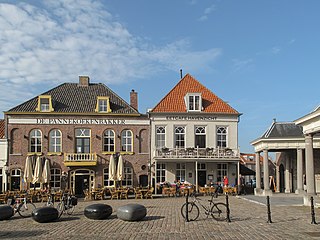
Lieutenant General Roger Handasyd, also spelt Handaside, was an English military officer and Member of Parliament for different seats between 1722 and 1754.
Lord Mark Kerr was a Scottish-born professional soldier, who served in the War of the Spanish Succession and the War of the Quadruple Alliance. He reached the rank of General in the British Army, and held a number of important administration posts, including Governor of Edinburgh Castle.

Thomas Lascelles was a British military engineer and ordnance expert, who held a number of senior positions between 1713 and 1750.
Lieutenant-Colonel Caroline Frederick Scott was a Scottish soldier and military engineer who served in the British Army before transferring to the East India Company.
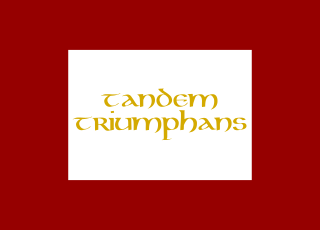
The Jacobite Army, sometimes referred to as the Highland Army, was the military force assembled by Charles Edward Stuart and his Jacobite supporters during the 1745 Rising that attempted to restore the House of Stuart to the British throne.
Richard Jack was a Scottish mathematician, astronomer, and engineer active in the mid-18th century. He provided the only testimony against Lt. Gen. John Cope at the court martial following the Battle of Prestonpans during the 1745 Jacobite uprising, but Having exaggerated his own accomplishments and lacking corroboration, Jack had his testimony discounted by the judges, who found Cope blameless. Jack was later involved in the development of achromatic lenses and his work on conic sections was a source for the mathematical sections of the first edition of the Encyclopaedia Britannica.



